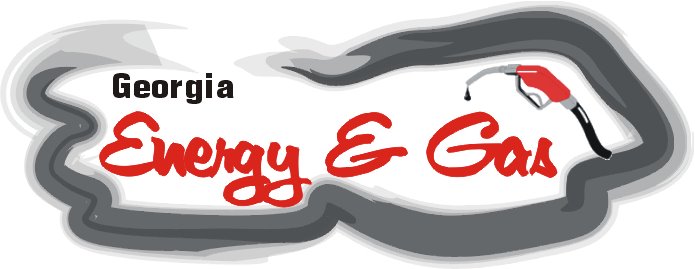With gas prices again on the rise and the summer travel season upon us, fuel efficiency is on the minds of many consumers. It is also being pondered by members of Congress, who are considering several "Cash for Clunkers" bills that would allow car owners to receive a voucher for trading an old, inefficient vehicle for a new, more efficient one.
The general idea is ingenious: simultaneously stimulate the economy (specifically Detroit and the United Auto Workers) and reduce carbon dioxide (CO2) emissions by permanently reducing the miles driven by inefficient cars, which would be scrapped.
From an environmental perspective, what is the right miles per gallon (mpg) improvement to require? Is it better to trade a 16-mpg car for a 25-mpg model, or a 33-mpg for a 50-mpg? Actually, miles per gallon is the wrong measure to use when judging CO2 benefits. What really matters is consumption, how many gallons are burned.
Consumption and mileage may sound like the same thing, but they are not. A better way to measure actual consumption, and therefore CO2 production, is to look at the gallons it takes to drive 100 miles, a measure similar to that used in Canada and Europe.
Here's an example: A 16-mpg car consumes 6.25 gallons of gas to go 100 miles. Trade it in for a 25-mpg model, and you've dropped your consumption to 4 gallons per hundred miles (gphm) and avoided 45 pounds of CO2. So is the 33 to 50 trade even better, since the mpg improvement is so much larger? Not when you do the math on actual consumption. It saves only 1 gallon per 100 miles -- from 3 gphm to 2.
With this clearer picture of gas savings, it is easier to calculate the environmental benefits of increased fuel efficiency. Every gallon saved reduces CO2 emissions by 20 pounds, so a reduction of 1 gphm saves 1 ton of CO2 for every 10,000 miles of driving.
One strength of gphm for car buyers is that it directly reflects actual gas usage and savings in a way that mpg does not. In fact, the U.S. Environmental Protection Agency lists efficiency in gphm on its fueleconomy.gov site.
Thinking in terms of gphm makes the environmental logic of Cash for Clunkers obvious. Even seemingly small mpg improvements on inefficient vehicles yield a big reduction in gas consumption and CO2 emissions. Trading in a 14-mpg car for a 25-mpg one (a 3.14 gphm reduction) cuts CO2 emissions more than any possible savings one could achieve by replacing a 33-mpg car that uses 3 gphm. When viewed this way, the urgent policy implication is to get people out of cars in the teens and into the mid- or high-20s.
There's one more tradeoff to consider, however. Manufacturing the new, more efficient car to replace the clunker releases an average of 7 tons of CO2, according to an estimate by Dean Bill Chameides of Duke University's Nicholas School of the Environment. If the trade lowers gas consumption by 1 gphm, the new car will environmentally offset its own manufacture after 70,000 miles of driving. A trade that yields a 2-gphm decrease will offset the manufacturing in 35,000 miles of driving.
With an understanding of gphm and CO2 emissions, we can return to a sensible way of setting efficiency improvements in a Cash for Clunkers bill. Instead of having a confusing maze of multiple mpg increases, thresholds, minimums and maximums, as is the case in the current bills, gphm allows a simple rule: Award a $3,000 voucher for a trade in that saves 2 gallons per 100 miles, and then $1,000 more for each additional gallon saved, up to a limit of $6,000.
This way, there’s no maximum efficiency limit set for the old car and no minimum for the new car because all gphms are created equal. As long as we are moving people up the scale by amounts that more than offset the CO2 from manufacturing the new car, we are reducing CO2 emissions. Among the current bills being entertained in Congress, the May 19 Senate proposal is close to this tiered structure; the May 5 House compromise is not.
A responsible Cash for Clunkers bill should be based on a minimum improvement in gphm, not mpg, which plays tricks on our perceptions and masks the true benefit of small mpg improvements on the most inefficient vehicles.
By Richard Larrick
Duke University
-----
www.fayettefrontpage.com
Fayette Front Page
www.georgiafrontpage.com
Georgia Front Page
Thursday, June 4, 2009
Subscribe to:
Post Comments (Atom)



No comments:
Post a Comment